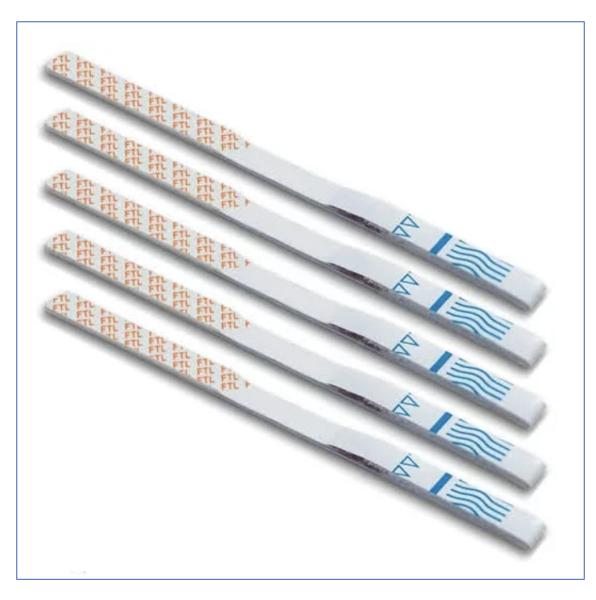Today’s Wall Street Journal reports that recreational drug users at parties and nightclubs increasingly use fentanyl test strips before engaging in drug use. Singer-songwriter Kalie Shorr, who has lost a sister and childhood friend to drug overdoses, keeps them with her in her purse and offers them to partiers and nightclub goers:
Just dissolve the cocaine in a small amount of water, she tells them. Then dip in the test strip, and wait a few minutes to see if one line (positive) or two lines (negative) appear. “You can put it up your nose if you feel so inclined,” she said. “But please do this.”
The article points out that, in many cases, when people use cocaine, MDMA (“ecstasy,” “molly”), or other non-opioid drugs obtained on the black market, the drugs are either counterfeit and/or contaminated with fentanyl.
While the Centers for Disease Control and Prevention and most public health agencies endorse distributing fentanyl test strips to people who use drugs, the practice is illegal in 42 states and the District of Columbia. As Sophia Heimowitz and I explain in a policy analysis we published last June and as I explain in a Cato Daily Podcast released earlier this week, every state except Alaska prohibits the possession, manufacture, sale, or distribution of drug paraphernalia.
The Food and Drug Administration approves fentanyl test strips for urine testing, and emergency rooms and urgent care facilities have used them for years when treating suspected drug overdose victims. Harm reduction advocates learned several years ago that drug users could use the test strips on the drugs they are about to consume and began handing them out to people. Testing the drug rather than the urine is using the device “off‐label.”
State drug paraphernalia laws vary, as do their definitions of drug paraphernalia. For example, Arizona prohibits the possession, “with intent to use, drug paraphernalia to plant, propagate, cultivate, grow, harvest, manufacture, compound, convert, produce, process, prepare, test, analyze, pack, repack, store, contain, conceal, inject, ingest, inhale or otherwise introduce into the human body a drug in violation of this chapter.” Illinois law specifies as prohibited paraphernalia “testing equipment intended to be used unlawfully in a private home for identifying or in analyzing the strength, effectiveness, or purity of controlled substances.”
Forty‐two states and the District of Columbia consider fentanyl test strips drug paraphernalia because drug users use them to test or analyze illicit drugs. Arizona removed fentanyl test strips from its list of forbidden paraphernalia in 2021. Tennessee did so in early 2022. And on January 3, 2023, fentanyl test strips became legal in Ohio.
The Wall Street Journal article states, “In 2021, fatal overdoses involving synthetic opioids increased 22% compared with the year prior.” If policymakers continue to wage war on drugs, we can expect this trend to continue. The best way to reduce overdose deaths and other harms from illicit drug use is to end drug prohibition and make the drugs legal and regulated, as when the U.S. repealed alcohol prohibition. Until that happens, states should emulate Alaska and repeal their drug paraphernalia laws, removing the barriers those laws place on harm reduction organizations working to save lives. At a minimum, state lawmakers should make it legal for people to distribute and use fentanyl test strips.




